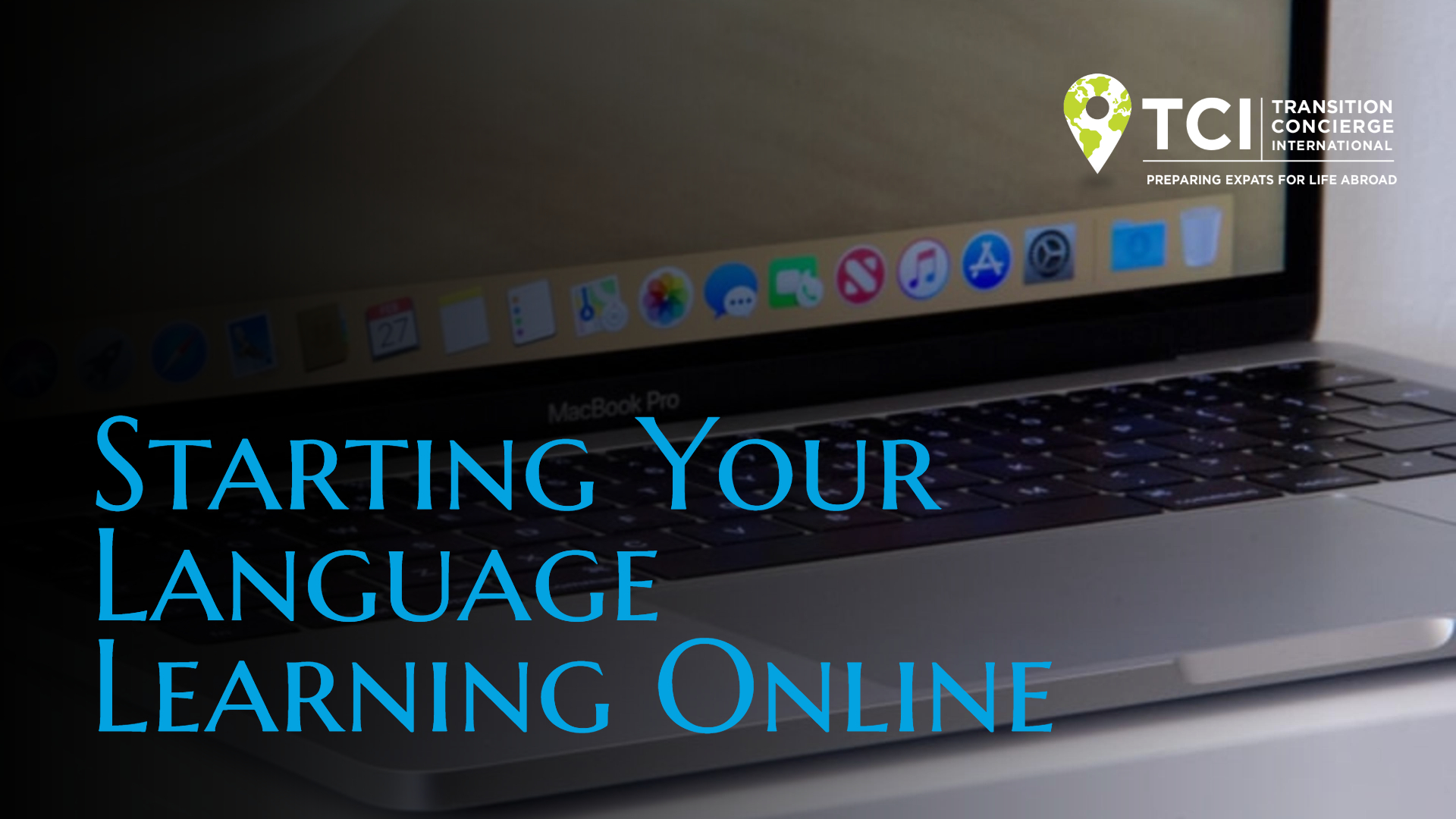In anticipation of your move abroad–or your big trip–you may want to get started on your language learning. While you may not have the time or inclination to attend a class or hire a tutor, fear not. There are literally hundreds of online tools and Smartphone apps that can assist you in language learning, many of which are either free or low cost.
But, admittedly, the vast array of choices can be intimidating. You don’t want to waste your money or your time on something that won’t deliver results. How do you know which program is the best for you?

Fortunately, there are also hundreds of reviews by people just like yourself who have tried these programs.
They can give you insight into which programs match your learning style, which ones offer the best bang for your buck, and what are the positives and limitations of each program. Keep in mind that if you are learning Spanish you will have many more options to choose from than if you are looking to become conversant in Hindi.
Three of the most popular programs that you probably have already heard about are Rosetta Stone , the Pimsleur Method, and Duolingo. The following is a brief summary of the pros and cons of each, based on the reviews of those who have been through these courses:
Rosetta Stone- Considered by some to be the gold standard of language learning, and priced accordingly, the Rosetta Stone program is modeled after how children learn, using, images, text, and sound.
Among the pros that have been cited are that it is fun and enjoyable with speaking and typing games, there is coaching that is incorporated at the end of sessions, you will learn lots of new vocabulary, and it employs voice recognition.
Some of the less favorable aspects that users have mentioned include the fact that you need a computer to use all aspects of the program, they teach you words and phrases that you may never use, grammar is not a part of the lesson, and the lessons lack a cultural context. It is also pricey compared to some other programs out there.
The Pimsleur Method- This method is based on the extensive research that Dr. Pimsleur has done on how we remember things–and, let’s face it, a good part of learning a new language involves memorization.
The program provides short and effective lessons that you can learn from anywhere since it is audio-based. It is especially helpful when you are trying to master pronunciation, and the words and phrases you learn are related to real conversation.
On the other hand, because the method is audio-based, it may not be stimulating enough for visual learners. It also does not provide opportunities for improving your writing. Finally, like Rosetta Stone, it can be costlier than other programs.
Duolingo– Let’s just say from the start that Duolingo is free, which makes it a no-risk option if you just want to check it out.

Because of the way it is set up, there is almost no English which encourages complete immersion, and you get immediate feedback on whether your answers are correct or not.
You will, however, need Internet access to use the app which, incidentally, does not have the same range of language as other programs.
The vocabulary is somewhat limited, there are no grammar instructions, and the sentences are not necessarily conversation-oriented (unless you want to tell lots of people that “the horse drinks water.”).
It also tends to get a bit repetitive. But, then again, did I mention that it is free?
Do you have a favorite program for learning another language? How about one that you would warn people against that was just a waste of money? Let us know and we will be sure to pass your advice along.
by: Eileen Brill Wagner


